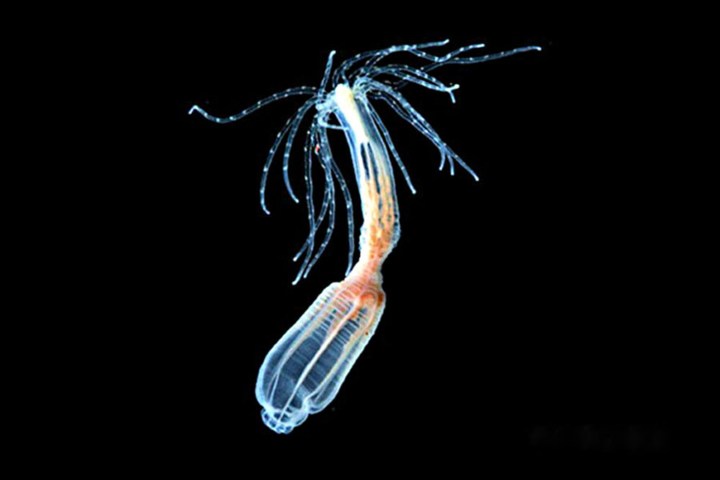
That possibility is still far in the distance, but a new study out of the University of Florida could help pave the way. While examining the genes of the starlet sea anemone — an invertebrate capable of regenerating itself — a research team led by Mark Martindale discovered genes that are known to grow heart cells in humans.
The finding was surprising in part because anemones don’t have hearts or muscles, and yet Martindale knew they shared more in common with humans than might be expected.
“A group of us sequenced the genome of the anemone … about 10 years ago,” he told Digital Trends. “One of the super cool things we found was that this little sea anemone had more genes in common with human beings than all of the other so-called ‘model systems’ that 99 percent of the people in my field work on.”
Since these model systems — including fruit flies and nematodes — are nearer to humans on the evolutionary timescale, that finding suggested that they’ve lost genes along the way.
“It turns out that the number of genes you have does not seem to be a very good predictor of organismal complexity as we have traditionally interpreted it,” Martindale said.
Rather of the number of genes, the deciding factor may be the way they communicate with each other.
“One of the most important findings in this paper is not necessarily how many genes are involved in ‘heart’ formation, but how they are ‘wired-up.’” Martindale explained. “Genes control other genes in very complicated networks. Many people focus on genes that are involved in cell division … but not as many people have studied the differences in how these genes ‘talk’ to each other in animals that can regenerate versus those that can not regenerate.”
By understanding how genes communicate, the researchers hope that they can someday stimulate regenerative healing in the human body.
But there’s a lot of work to be done first. One of the big challenges will be determining whether certain mechanisms are species-specific or if they can be adapted. In vertebrates, for example, heart genes create “lockdown loops” that require them to perform functions related to their location in the body. Anemone genes don’t lockdown in such a way. It’s unclear whether this feature is fixed to anemone or if it can be activated in humans as well.


